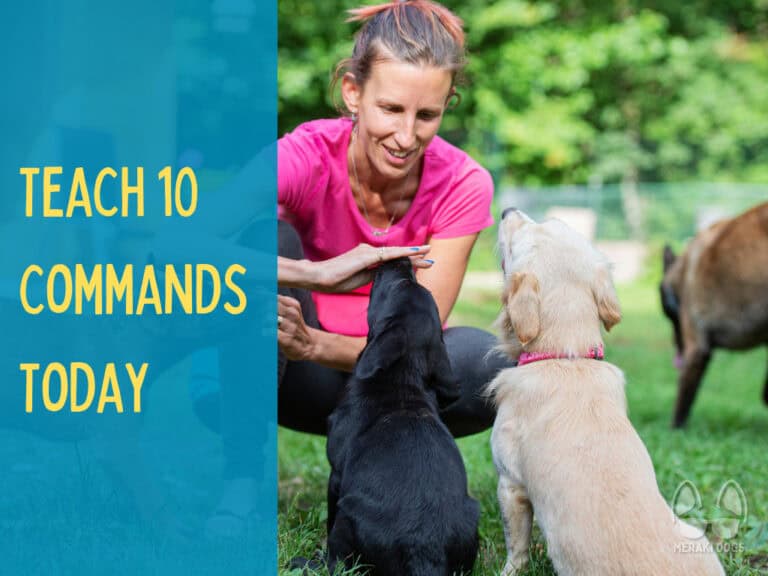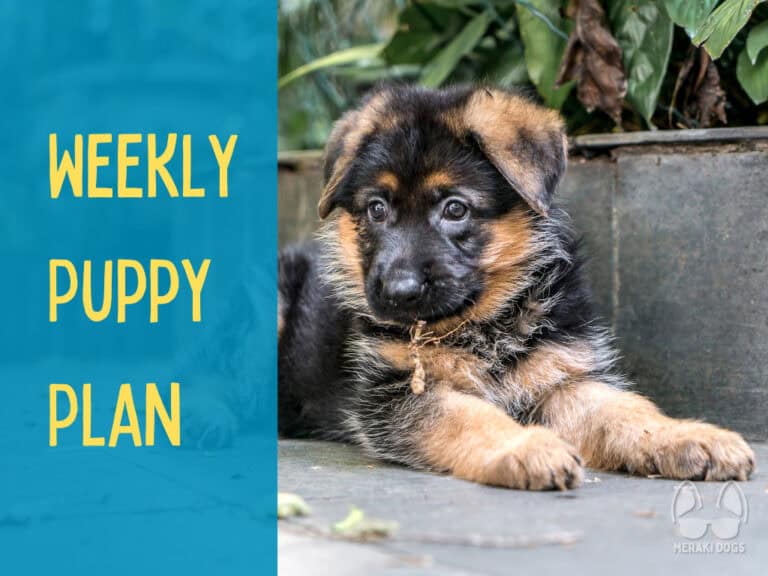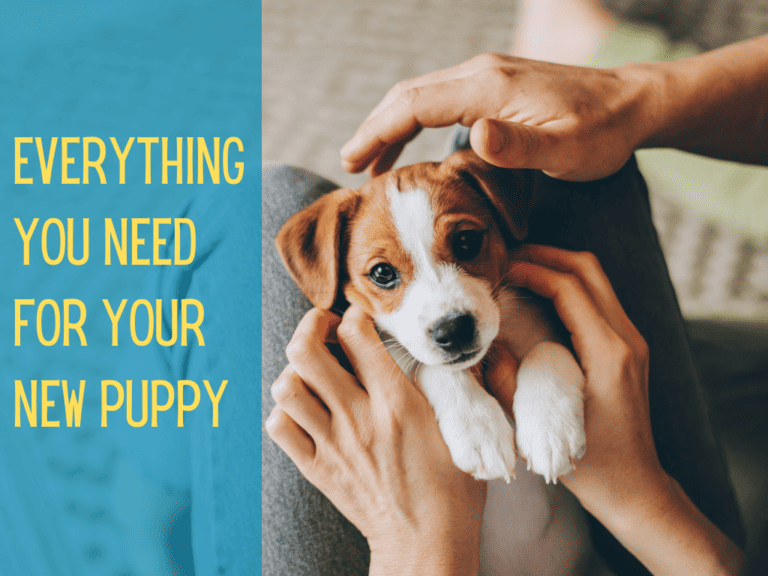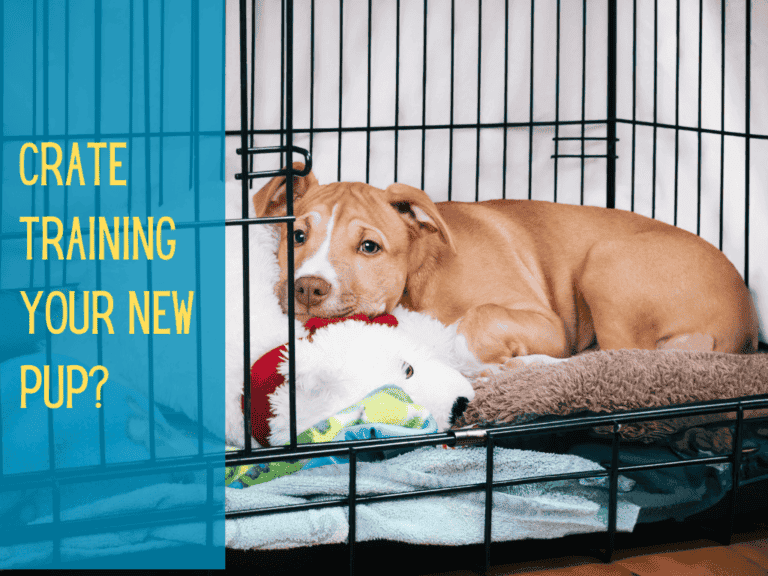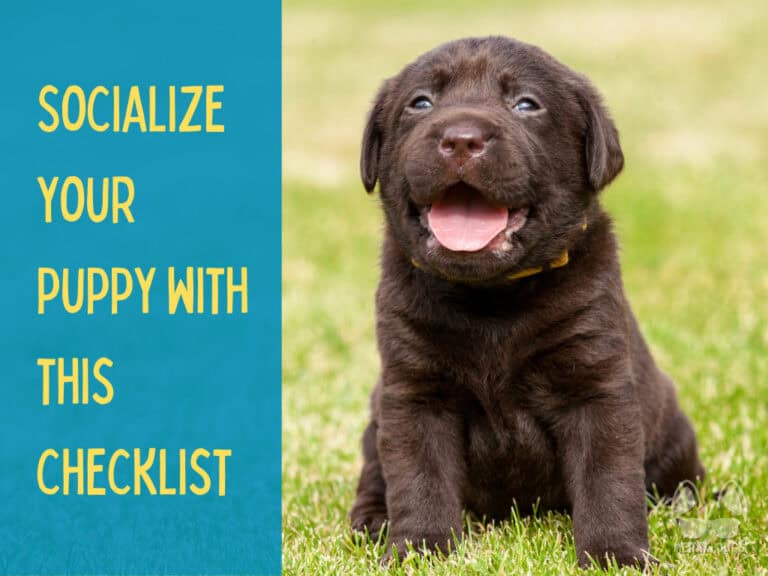Puppy Potty Schedule: 6 Month Plan for Success
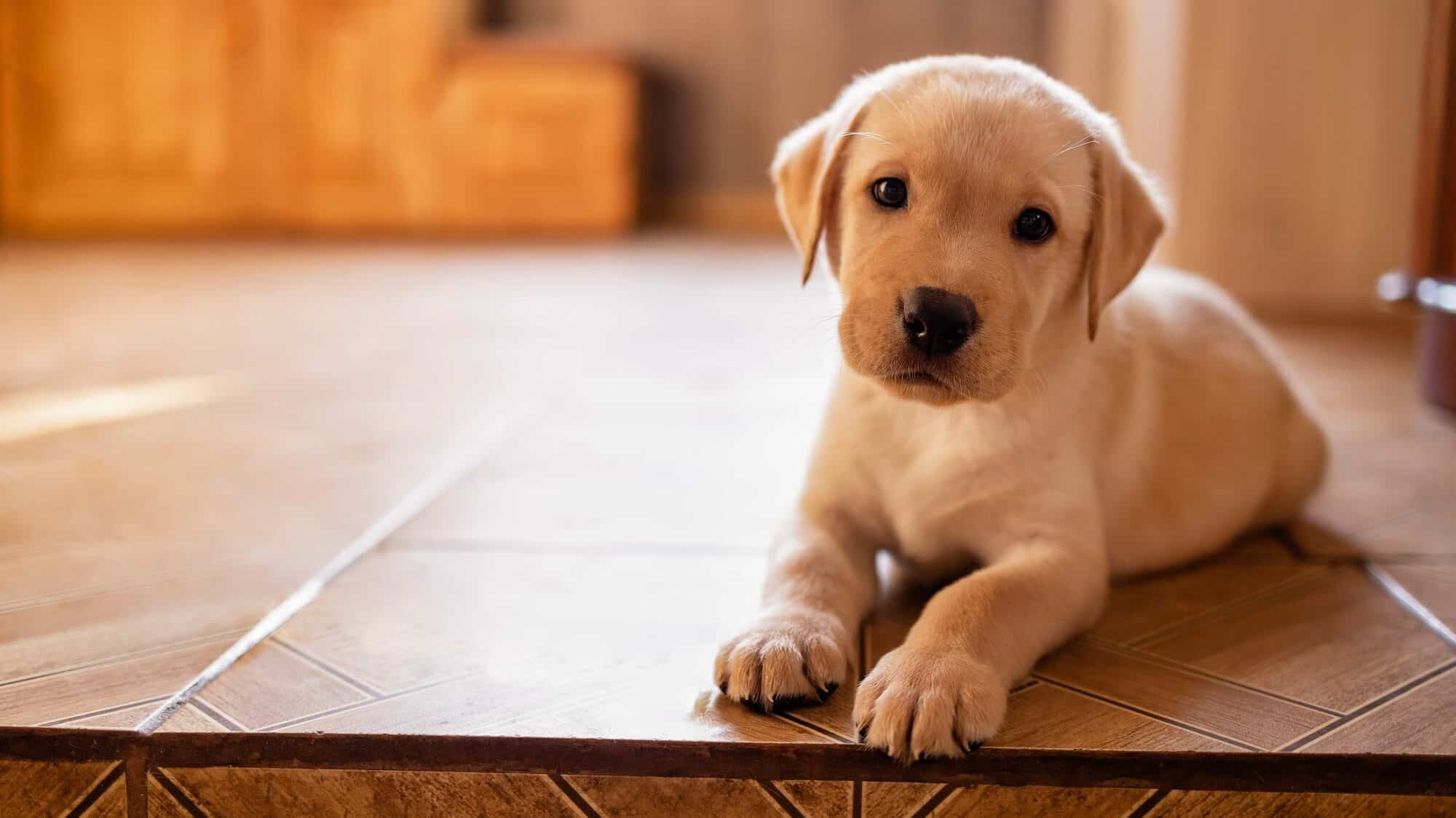
Meraki Dogs may earn a small commission when you buy through links on this site at no cost to you. See our disclaimer here.
Creating a puppy potty schedule is essential for successful house training. Without a plan, you’re likely to find yourself constantly cleaning up accidents and wondering what you’re doing wrong. Puppies thrive on structure, and a consistent routine helps them learn when and where to do their business. Whether you’re a first-time puppy owner or a seasoned dog parent, this guide will walk you through everything you need to know about timing potty breaks, recognizing potty signals, and adapting to your puppy’s growing needs.
Key Takeaways
- A puppy potty schedule helps establish clear routines, reducing accidents and confusion.
- Frequency of potty breaks depends on your puppy’s age, activity, and meal times.
- Recognizing signs and using tools like crates or bells can streamline training.
- Be patient and adjust the schedule based on specific situations, like bad weather or travel.
Why a Puppy Potty Schedule Is Important
Potty training your puppy without a schedule is like trying to learn a new language with no study plan—it’s chaotic and frustrating. A structured puppy potty schedule provides several key benefits:
Faster Learning
Puppies are creatures of habit. When they know there’s a routine, they’ll learn faster. Taking them out at predictable times reinforces where and when they should go.
Fewer Accidents
Accidents happen, but a schedule reduces their frequency. Knowing how often puppies potty—based on their age and activities—helps you anticipate their needs.
Builds Trust and Bonding
A schedule isn’t just about bathroom breaks; it’s about creating a rhythm to your day. Over time, your puppy will trust you to meet their needs, which strengthens your bond.
The Role of Consistency
Let’s face it, dogs don’t understand “weekend vibes.” If you slack on your potty training timeline, you’ll confuse them. Consistency is the magic ingredient that turns chaos into progress.

Creating a Potty Schedule for Your Puppy
Designing a puppy potty schedule is all about balance. You want to prevent accidents without feeling like you’re tied to a timer.
Determine Potty Break Frequency
Age is a major factor in how often your puppy needs a bathroom break. As a rule of thumb:
- 8-10 weeks old: Every 1-2 hours.
- 3-4 months old: Every 3-4 hours.
- 5-6 months old: Every 5-6 hours.
Also, remember the “15-minute rule.” Puppies often need to potty about 15 minutes after eating, drinking, waking, or playing.
Timing Is Everything
- Morning: First thing after waking up, head outside.
- After meals: Plan for a potty break 15-30 minutes after eating.
- After naps or playtime: Watch for signs like sniffing or circling.
- Before bedtime: A final trip out reduces nighttime accidents.
Adapting as Your Puppy Grows
As your puppy matures, you can gradually increase the intervals between potty breaks. By six months, many puppies can wait five to six hours during the day.

Sample Puppy Potty Schedule by Age
8-10 Weeks Old
- Morning: Potty as soon as they wake up.
- Throughout the day: Every 1-2 hours, plus after meals, naps, and play.
- Nighttime: Expect 1-2 potty trips overnight.
3-4 Months Old
- Morning and bedtime: Stick to consistent times.
- Daytime: Every 3-4 hours, gradually spacing out breaks.
- Nighttime: Some puppies may sleep through the night by this stage.
5-6 Months Old
- Daytime: Every 5-6 hours.
- Nighttime: Most puppies can go the full night without a break.
- Transition: Consider focusing on outdoor-only potty training and weaning off pads.
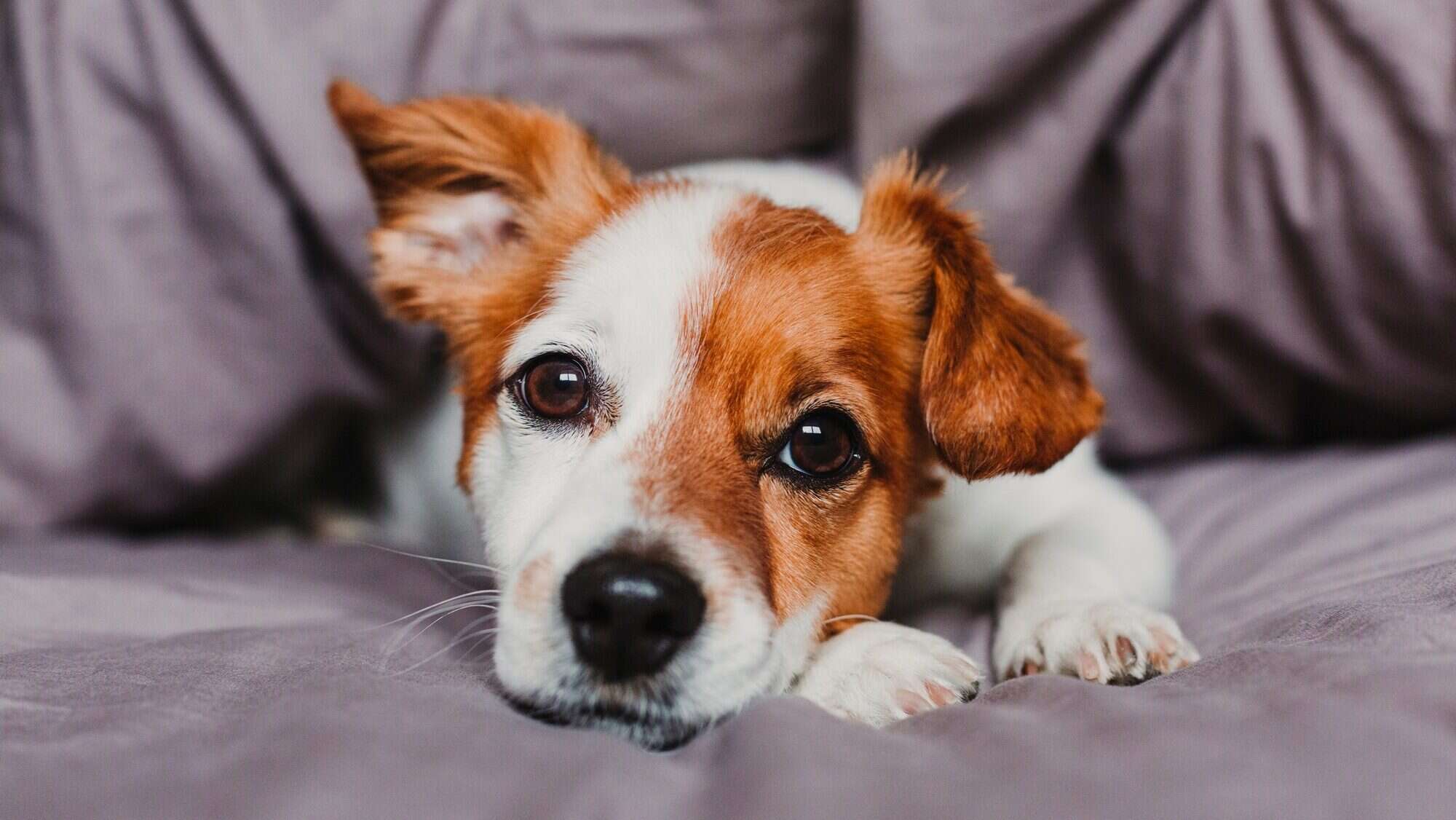
Managing Potty Breaks at Night
Nighttime can be tricky, especially for young puppies. If you’re waking up at 2 a.m. wondering whether to let your puppy out, here’s what to do:
Use a Crate
A puppy crate training schedule works wonders for reducing nighttime accidents. Puppies naturally avoid soiling their sleeping space.
Watch for Signs
If your puppy whines or becomes restless, they may need a trip outside. Over time, this need will diminish as their bladder control improves.
Gradual Reduction
Reduce nighttime trips by delaying them slightly each night. By five months, many puppies sleep through the night without interruptions.
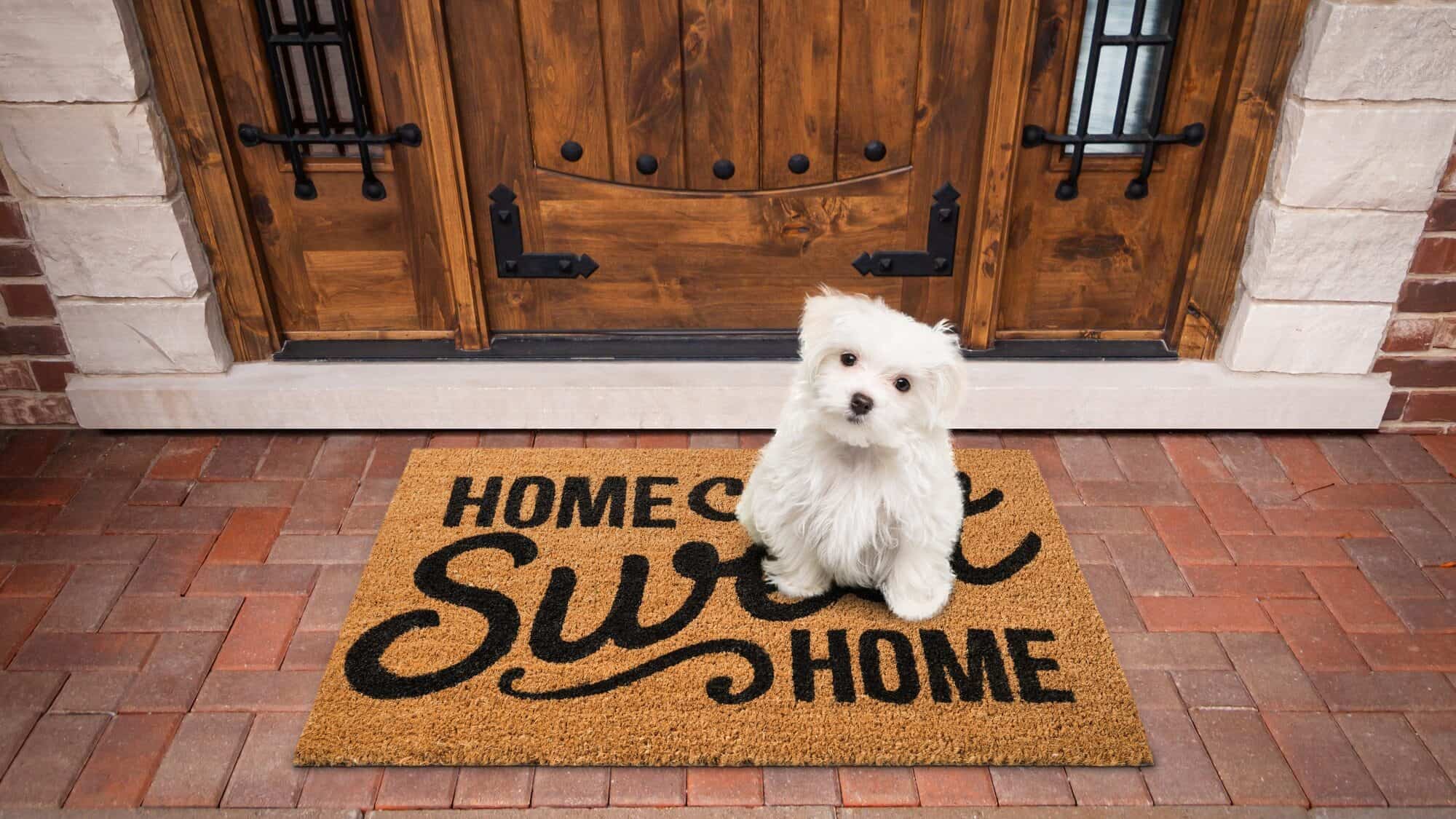
Tips for Sticking to the Potty Schedule
Let’s be real—sticking to a schedule isn’t always easy. Life happens, but here’s how to stay on track:
Set Alarms
If you’re prone to forgetting, set reminders on your phone. Consistency is non-negotiable in the early stages of potty training.
Recognize Potty Signals
Common potty signs include sniffing, circling, and restlessness. Pay attention to your puppy’s unique habits and be ready to spring to action in a moment’s notice!
Avoid Common Mistakes
- Ignoring accidents: Always clean thoroughly with enzymatic cleaner to prevent lingering odors.
- Punishing accidents: It’s counterproductive. Try to interrupt your puppy if you catch them in the act and set them outside. If the deed is done, clean the mess in a neutral manner.
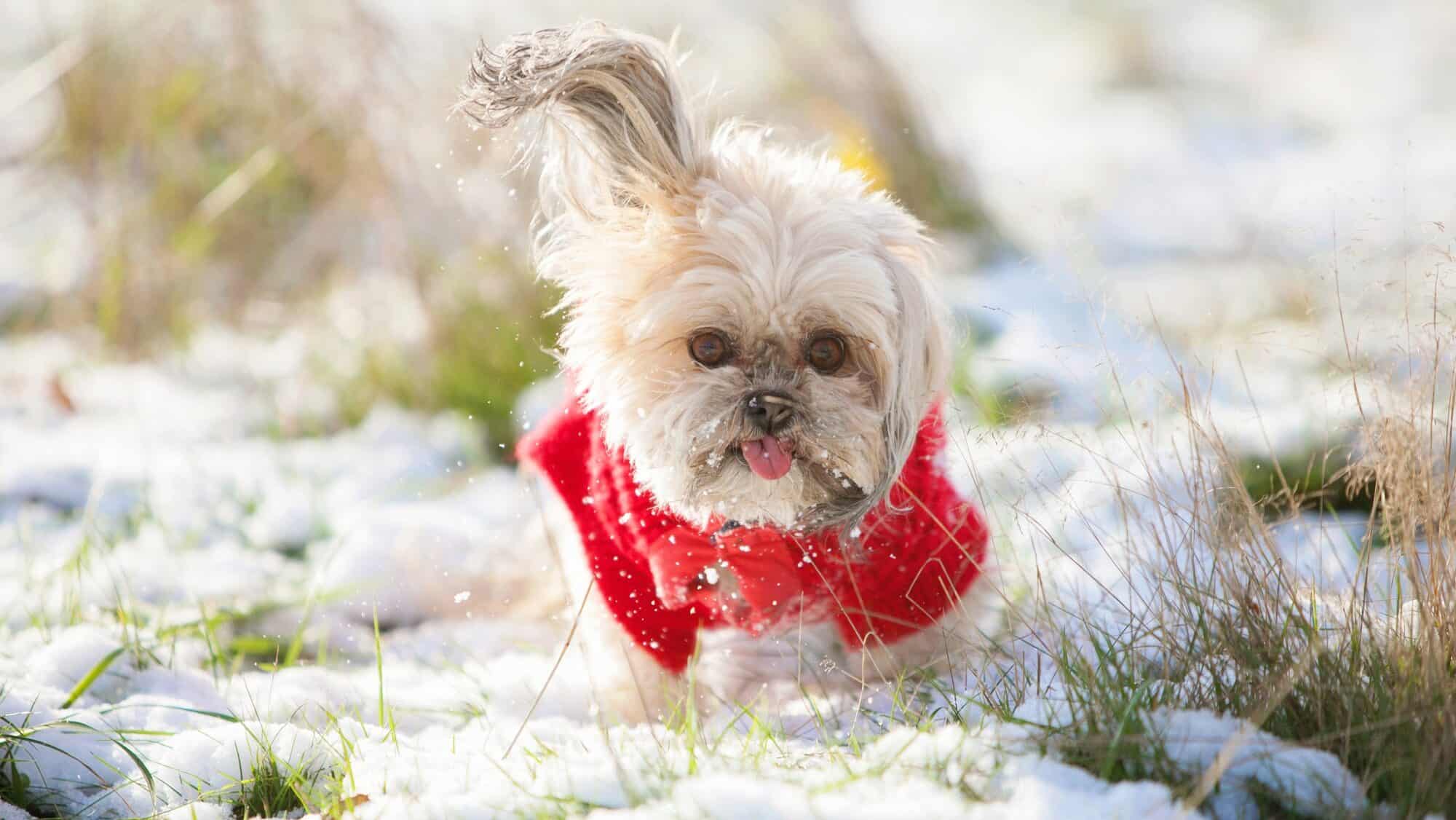
Adjusting the Schedule for Specific Situations
Life isn’t static, and neither is your puppy’s potty routine. Here’s how to adapt:
Bad Weather
Potty training in the winter months can be a challenge if your puppy is sensitive to the cold. If this is the case, invest in a doggy winter coat to make outdoor trips more comfortable.
Unique Habits
Some dogs are a bit quirky or easily distracted. For stubborn puppy house training, consider tools like potty training bells to boost communication.
Frequently Asked Questions
How often should I take my puppy out to potty?
The frequency depends on their age:
– 8-10 weeks old: Every 1-2 hours.
– 3-4 months old: Every 3-4 hours.
– 5-6 months old: Every 5-6 hours.
Additionally, puppies need potty breaks immediately after waking, eating, or playing. Pay attention to signs like sniffing or circling.
Should I use puppy pads or train my puppy to go outside?
Both methods have pros and cons:
– Puppy pad training is convenient for apartments or in bad weather but might prolong the transition to outdoor training.
– Outdoor training establishes a long-term habit.
Consider your living situation and preferences. For guidance, check the differences between puppy pads and outside training.
What if my puppy struggles with nighttime potty training?
Nighttime potty training takes patience:
– Use a crate training schedule to limit accidents.
– Gradually extend the time between nighttime potty breaks as their bladder control improves.
If accidents persist, take your puppy out later in the evening and limit water intake a few hours before bed.
Conclusion
A consistent puppy potty schedule is your secret weapon for smooth house training. By adjusting the routine to your puppy’s age and needs, recognizing potty signs, and using tools like crates or bells, you’ll set your puppy up for success. Remember, patience and consistency are key.
Accidents will happen, but with the right approach, you’ll soon be celebrating accident-free days. Ready to master house training? Join our newsletter for more tips, tricks, and support on your puppy journey!


